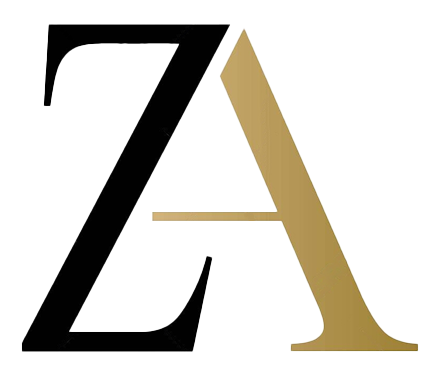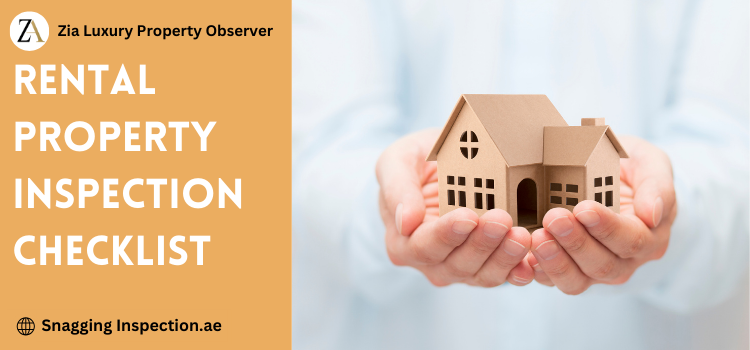A rental property inspection is a thorough examinations of a rental property conducted by a landlord, property manager, or a professional inspector. The primary purpose is to assess the condition of the property to ensure it meet safety and habitability standards and to document any existing damage or maintenance need. This inspection is typically performed at various stages of the rental process:
Landlord property inspection checklist
Interior Areas
- Lighting fixtures: functionality
- Walls and ceiling: cracks, water damage
- Appliances: functionality, cleanliness
- Plumbing: pipes, faucets, toilets for leaks or damage
Exterior Areas
- Roof damage: missing shingles, cracks
- Door seals: wear and tear, proper sealing
- Foundation: racks, signs of settling
- Pest control check: signs of pests
Systems and Safety
- Check filters and ducts
- AC Units : Operation, AC filters clean
- Electrical System: Outlets and switch functionality
- Smoke alarms: functionality
Common Areas
- Safety signs and fire exits
- Handrails and steps: condition
- Cleanliness, lighting
- Surface condition: potholes, cracks
Key Types of Rental Property Inspections
Move-In Inspection
A move-in inspection is a thorough examination of a rental property conducted just before a tenant moves in. This inspection is typically, carried out by the landlord or property manager often with the tenant present, to document the property’s condition at the beginning of the tenancy. The primary objective is to create a detailed record that helps prevent disputes over the security deposit when the tenant moves out.
Key Aspects of a Move-In Inspection:
- Written Report: A comprehensive checklist is used to note the condition of various aspect of the property.
- Photographic Evidence: Photos are taken of each room and any existing damages or areas of concern.
- Room-by-Room Analysis: Each room is inspected thoroughly, including walls, ceilings, floors, windows and doors, and fixtures.
- Appliances and Systems: Check the functionality of all appliances, plumbing, electrical systems, and HVAC units.
Move-Out Inspection
A move-out inspection is a thorough examination of a rental property conducted by the landlord or property manager after a tenant has vacated the premises. The primary purpose of this inspection is to assess the property’s condition at the end of the tenancy, compare it to the documented condition at move-in, and determine if any damages occurred during the tenant’s occupancy. This helps in deciding if any portion of the security deposit should be withheld for repairs or cleaning.
Key Aspects of a Move-Out Inspection:
- Comparison to Move-In Condition
- Reference: Use the move-in inspection report and photos as a reference t o compare the property’s condition at the end of the tenancy.
- Consistency: Ensure a fair assessment by checking if the property has been returned in the same condition, allowing for normal wear and tear.
- Comprehensive Review: Inspect each room, including walls, ceilings, floors, windows and doors, fixtures, and appliances.
- Notes and Photos: Document any new damages or issues with notes and photos.
Book your Inspection with us today.
Our expert team is ready to conduct a thorough assessment of your property, identifying any potential issues and providing you with actionable recommendations.
Why Regular Inspections Are Important for Rental Properties
Regular inspections of rental properties are crucial for maintaining the propertys condition, ensuring tenant satisfaction, and protecting the financial and legal interests of the landlord. Here are the key reasons why regular inspections are important:
Property Maintenance and Upkeep
- Preventive Maintenance: Regular inspections help identify small issues before they become major problems, saving time and money on repairs.
- Consistent Standards: Ensures the property remains in good condition and meets habitability standards.
Tenant Safety and Satisfaction
- Safety Compliance: Ensures the property meets safety regulations, such as functioning smoke detectors, carbon monoxide detectors, and secure locks.
- Tenant Comfort: Identifies and addresses issues that may affect tenant comfort, such as plumbing leaks, HVAC problems, or pest infestations.
Financial Protection
- Minimize Repair Costs: Early detection of issues helps in addressing them promptly, preventing costly repairs in the future.
- Security Deposit: Provides a clear record of the property’s condition, helping justify any deductions from the security deposit for damages.
How to Perform a Rental Property Inspection: A Friendly Guide
Performing a rental property inspection is essential for maintaining the house, ensuring tenant safety, and complying with legal requirements. As a landlord, conducting thorough inspections will help you keep your property in top shape and build positive relationships with your tenants. Here’s a friendly guide to walk you through the process.
Preparation and Tools
Before starting the inspection, gather your tools: an Inspection Checklist, a camera for documentation, a notepad, and a pen. Having a detailed Rental Inspection Checklist is crucial as it ensures you cover every aspect of the property. This guide will touch on specific areas and components to inspect.
Starting the Inspection
Begin with a comprehensive landlord walkthrough using your checklist. This will typically start with the exterior of the property and move indoors.
Exterior Inspection
1. Roof Damage: Look for missing shingles, cracks, or any signs of roof damage. This helps prevent water leaks and further structural issues.
2. Door Seals: Check all exterior door seals for wear and tear to ensure they are properly sealing, preventing drafts and water ingress.
3. Fire Safety Signs: Ensure fire safety signs are visible and comply with local regulations.
4. Pest Control Check: Look for signs of pests around the exterior. This can include droppings, nests, or damage to the structure.
Interior Inspection
1. Ceiling and Walls: Inspect for cracks and signs of water damage. Water stains or sagging ceilings indicate plumbing issues or roof leaks that need immediate attention.
2. Plumbing: Check all pipes, faucets, and toilets. Look for leaks, rust, or any signs of deterioration. Flush toilets to ensure they are working properly.
3. AC Units and Heating System: Verify that the AC units and heating system are functioning correctly. Don’t forget to check and replace AC filters if needed. Proper maintenance of these systems ensures tenant comfort and reduces energy costs.
4. Fixtures and Fittings: Ensure all fixtures, such as lights and fans, are working correctly. Replace any burnt-out bulbs and fix any malfunctioning fixtures.
5. Smoke Alarms and Fire Extinguishers: Test all smoke alarms to ensure they are working and check the expiration dates on fire extinguishers. These are critical for tenant safety and compliance with fire safety regulations.
6. Door Seals: Just like the exterior doors, check the seals on interior doors to ensure they are in good condition.
7. Windows: Open and close all windows to check for proper operation and ensure they are locking correctly. Look for cracks or damaged panes.
8. Water Damage: Look under sinks and around plumbing fixtures for signs of water damage. This includes checking the caulking and seals around bathtubs and showers.
Additional Areas
1. AC Filters: Replace AC filters regularly to maintain air quality and system efficiency.
2. Fire Safety Signs: Ensure that all fire safety signs inside the property are up-to-date and visible.
3. Property: Overall, ensure that the house is clean, free of debris, and well-maintained. Look at the overall state of the property, including the yard, common areas, and any additional structures like sheds or garages.
Conclusion
Regular rental property inspections is essential for maintaining the quality and safety of your property, ensuring tenant satisfaction, and protecting your investment. By following a comprehensive inspection checklist that covers all key areas , including the exterior, interior, system, and safety feature , you can identify and address issues before they become major problems. This proactive approach not only preserves the property’s value but also fosters a positive landlord-tenant relationship by demonstrating your commitment to providing a safe and well-maintained living environment.


